The best displays for music production in 2022
When dealing with DAW-based music production, screens play a vital role. Considering the endless hours spent in front of them, it’s important to have something easy on the eyes. You’ll also need to consider the resolution, energy efficiency, and overall build quality of the monitor. So if you’re looking for a secondary display for your laptop or a mainstay desktop monitor, we’ll take a look at some of the best displays for music production we’ve found in 2022. From basic HD to 4K, and all the way up to massive 49-inch displays – there is something for everyone, regardless of budget.
The best displays: resolution and aspect ratio
Purchasing a new display can be overwhelming, especially if you’re not familiar with all the technical terminology. For starters, the viewable display size and resolution are key factors to consider. A higher-res display means more detail and sharper image quality. For those of us running systems with legacy OS, DAWs, and plug-ins, ensure you check that they are correctly scalable for the display you plan on using.
- Full HD (FHD): 1920×1080. Most entry-level monitors meet this spec.
- Quad HD (QHD or WQHD): 2560 × 1440. Four times the resolution of 720p.
- Ultra HD (UHD or 4k UHD): 3840 x 2160. The highest resolution, capable of finer detail.
For entry-level displays, the aspect ratio is generally still 16:9. Meanwhile, the market trend is to build displays that are broader. The highest spec screen on our best displays for music production list has an astounding 32:9 aspect ratio! A wider display provides more screen real estate for plug-ins and peripheral application windows. However, it will also take up more desktop space. A display’s connectivity ports are also an important factor to consider. Basic screens are usually equipped with the older HDMI 1.4 ports. Meanwhile, you can generally find a DisplayPort-Rifle on mid-range models. If you’re working with a newer laptop, the latest displays often carry additional USB-C ports, which can be useful.
Refresh rate, screen type, and additional features
A display dealing with motion graphics like those used in games might require a certain refresh rate or response time to ensure that playback is smooth and crisp. For DAW users, working at a higher refresh rate can play a part during playback from the arrange window. However, this isn’t nearly as important as the screen’s resolution. Basic displays usually operate at 60 Hz, while pro models can go up to 144 Hz and above. High-end displays are even capable of 1-millisecond response times. That being said, DAW users can easily get by with response times of four or five milliseconds.
Some of the basic screen types you will come across include IPS (In-Plane-Switching), VA panels (Vertical Alignment), and TN (Twisted Nematic) displays. Each of these is defined by the speed at which it generates individual images. While IPS offers the highest image quality and energy efficiency, TN displays are better suited for the high-paced motion images used in games. VA panel displays fall somewhere between these two with their image quality, speed, and energy ratings.
When it comes to additional features, some designs like the Apple displays are equipped with a wide range. Basic entry-level, or even pro colour grading monitors might be more stripped down and focussed on a single purpose. Generally though, higher-spec displays offer wider viewing angle options, and some can also operate in portrait orientation. Built-in speakers are of little use to DAW users, as these speakers don’t meet professional standards. Additional ports or built-in USB hubs can be very useful in studios – the more connectivity options, the merrier.
Acer R240HY – 23.8 inch, Full HD
The Acer R240HY is everything a decent entry-level IPS display needs to be. 16:9 aspect ratio, Full HD resolution, and particularly well suited for a dual-display solution. This is due to the zero-frame design with extremely thin bezels. The R240HY comes equipped with HDMI, DVI, and even supports VGA, which favours older desktop and laptop systems. The stripped-down design ensures it fulfils its basic function as a decent budget monitor.
- The 23.8-inch Acer R240HY screen (Full HD, 60 Hz, HDMI 1.4, DVI and VGA) costs $149.99 on Amazon.
BenQ GW2780 – 27 inch, IPS
The first 27-inch display on our list is the BenQ GW2780. This size display makes it plausible to use in a single monitor configuration. The GW2780 has both HDMI and DisplayPort connectivity options, as well as a pair of 2-watt speakers built-in. The base of the monitor is also equipped with a solution for neatly managing your cables. Meanwhile, BenQ’s low blue light technology will protect the user’s eyes during extended work periods.
- The 27-inch BenQ GW2780 screen (Full HD, IPS, HDMI) costs $189.99 on Amazon.
Dell S2421H – 24″, 75Hz
At 24-inch, the Dell S2421H display might be smaller, but its 75 Hz refresh rate produces smoother images. It also has dual HDMI inputs which is a useful feature. This allows you to easily switch between two connected sources such as a desktop and the laptop of a collaborator. In addition, the S2421H is equipped with a mini-jack audio output and 3-watt built-in speakers.
- The 24-inch Dell S2421H screen (Full HD, 75 Hz, 16:9, internal speakers) costs $179.99 on Amazon.
HP M27f – 27 inch, 2X HDMI
Compared to the previously mentioned displays, the HP M27f has all the same features. The HP is Full HD with a 75 Hz refresh rate, Dual HDMI inputs, and VGA support. It also covers up to 99% of the sRGB colour spectrum, producing the colours more accurately. Weighing only 3.2 kg, the M27f is more lightweight than most 27-inch displays you’ll find.
- The 27-inch HP M27f screen (Full HD, 75 Hz, 2xHDMI, IPS) costs $194.99 on Amazon.
HUAWEI MateView GT – 27 inch, Curved
Curved monitors have been on the rise in recent years. They offer a more spatial visual experience due to the curvature. Curved panels also provide additional viewing comfort because the viewing distance is reduced, so there is less head-turning and glancing around. The HUAWEI MateView GT has a curvature radius of 1500R, which is the measurement from one edge to the other.
- The 27-inch HUAWEI MateView GT screen (165 Hz, 21:9, QHD, USB-C, HDMI) costs €335.00 euros on Amazon.
LG 27GP850-B – 27 inch, 1ms QHD
LG has always been a go-to brand as far as displays go. Also, the Apple endorsement of the 27-inch LG UltraFina 5K did wonders for its credibility. The LG 27GP850-B, is a higher-spec display with QHD resolution (2560×1440), 144 Hz refresh rate, and a 1-millisecond response time. In addition, this display is available in a curved model at a similar price point.
- The 27-inch LG 27GP850-B screen (QHD, IPS with 1ms, 144 Hz, DisplayPort, 2x HDMI) costs $396.99 on Amazon.
Philips 346E2CUAE – 34 inch, WQHD Curved
At almost 90 cm in diagonal length, the Philips 346E2CUAE is considerably larger than standard 27-inch displays. This allows a resolution of 3440 x 1440 (WQHD) at 21:9 aspect ratio. The thin bezel design also makes the 346E2CUAE ideal for use in dual-display setups. Connectivity-wise, it comes equipped with two HDMI inputs and a DisplayPort.
- The 34-inch Philips 346E2CUAE (WQHD, 75 Hz, USB-C, 2x HDMI) screen costs $389.99 on Amazon.
Samsung C49RG94SSU – 49 inch, 32:9 curved
At a massive 124.2 cm, the Samsung C49RG94SSU provides all the screen real estate you could need for plugin management. Although it does have considerable physical space requirements, the C49RG94SSU has an incredible 5120 x 1440 (WQHD) resolution at 32:9 aspect ratio. According to Samsung, the viewing experience offered is similar to a dual 27-inch display setup. In addition to this, the display has Flicker Free and Eye Saver functions to make it easy on the eyes over extended periods.
- The 49-inch Samsung C49RG94SSU (WQHD, 120 Hz, DisplayPort, HDMI) screen costs $1,946.14 on Amazon.
More about displays for music production:
Videos:
You are currently viewing a placeholder content from YouTube. To access the actual content, click the button below. Please note that doing so will share data with third-party providers.
You are currently viewing a placeholder content from YouTube. To access the actual content, click the button below. Please note that doing so will share data with third-party providers.
You are currently viewing a placeholder content from YouTube. To access the actual content, click the button below. Please note that doing so will share data with third-party providers.
Note: This article contains affiliate links that help us fund our site. Don’t worry: the price for you always stays the same! If you buy something through these links, we will receive a small commission. Thank you for your support!
Originally published on Gearnews.de by Julian.
3 responses to “The best displays for music production in 2022”

 2,5 / 5,0 |
2,5 / 5,0 | 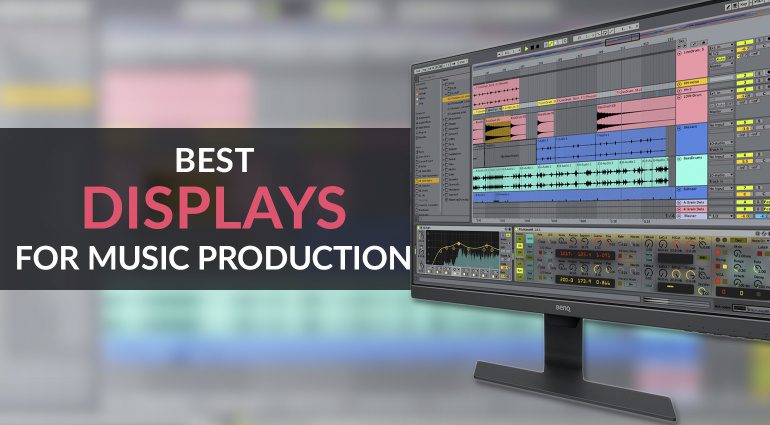

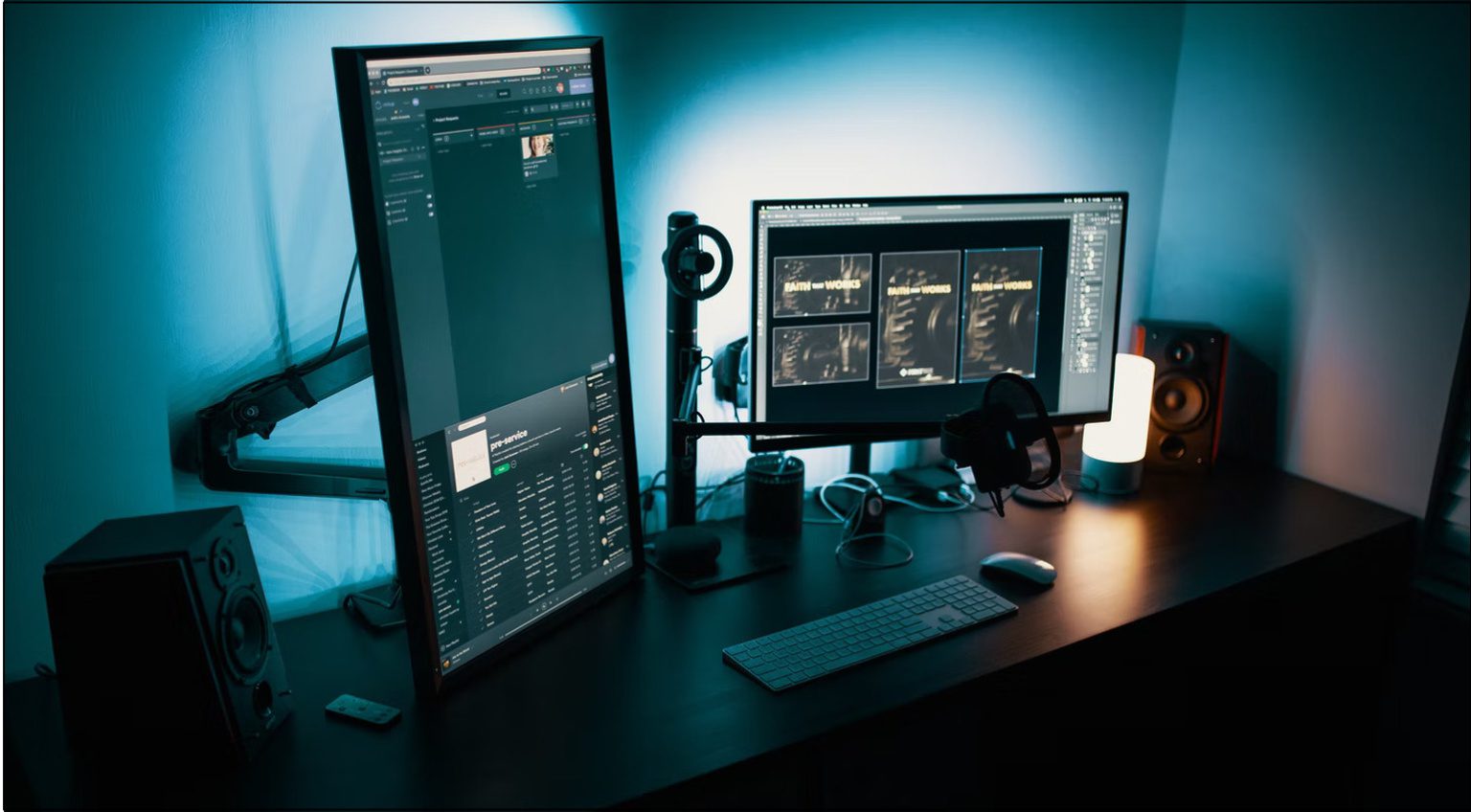
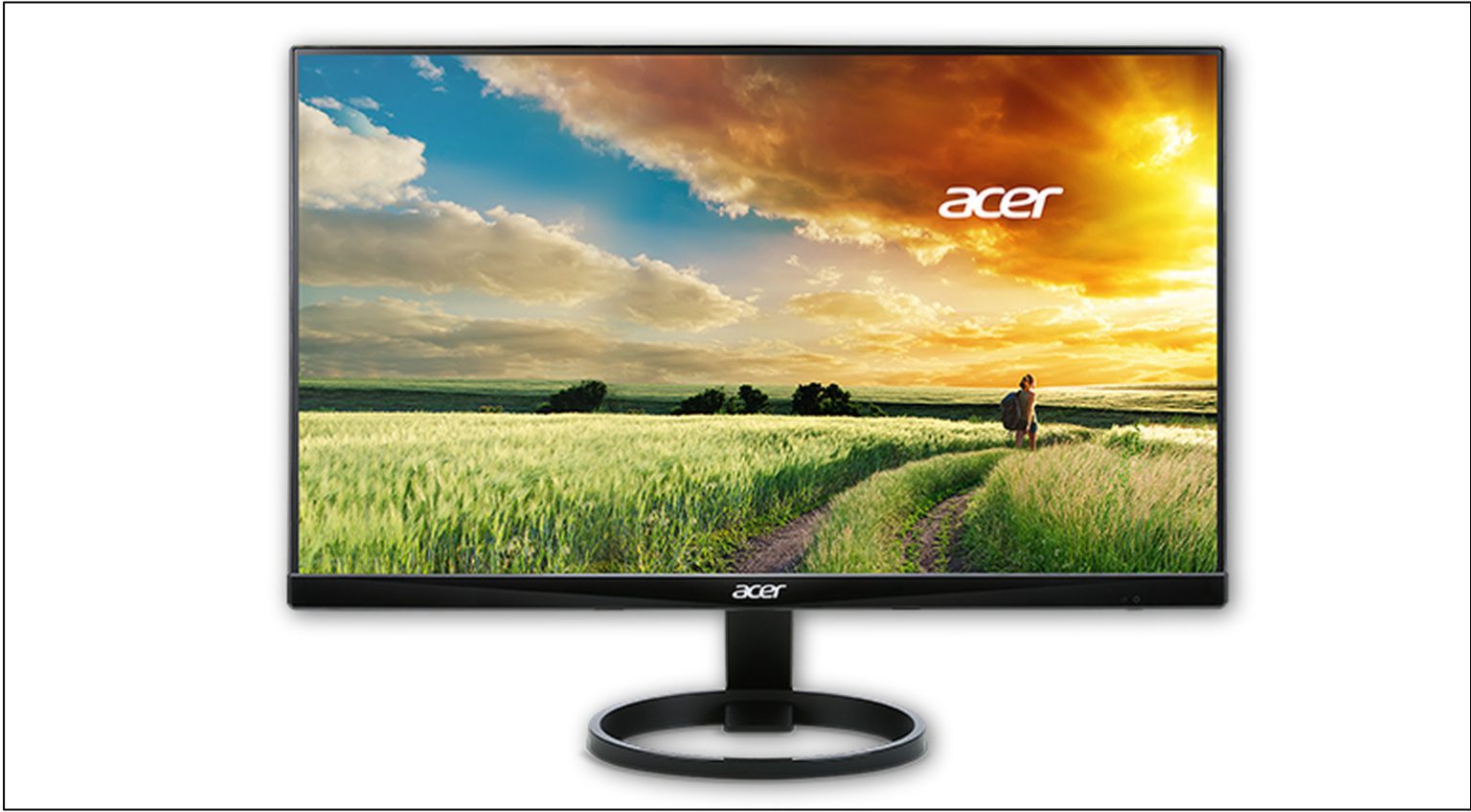
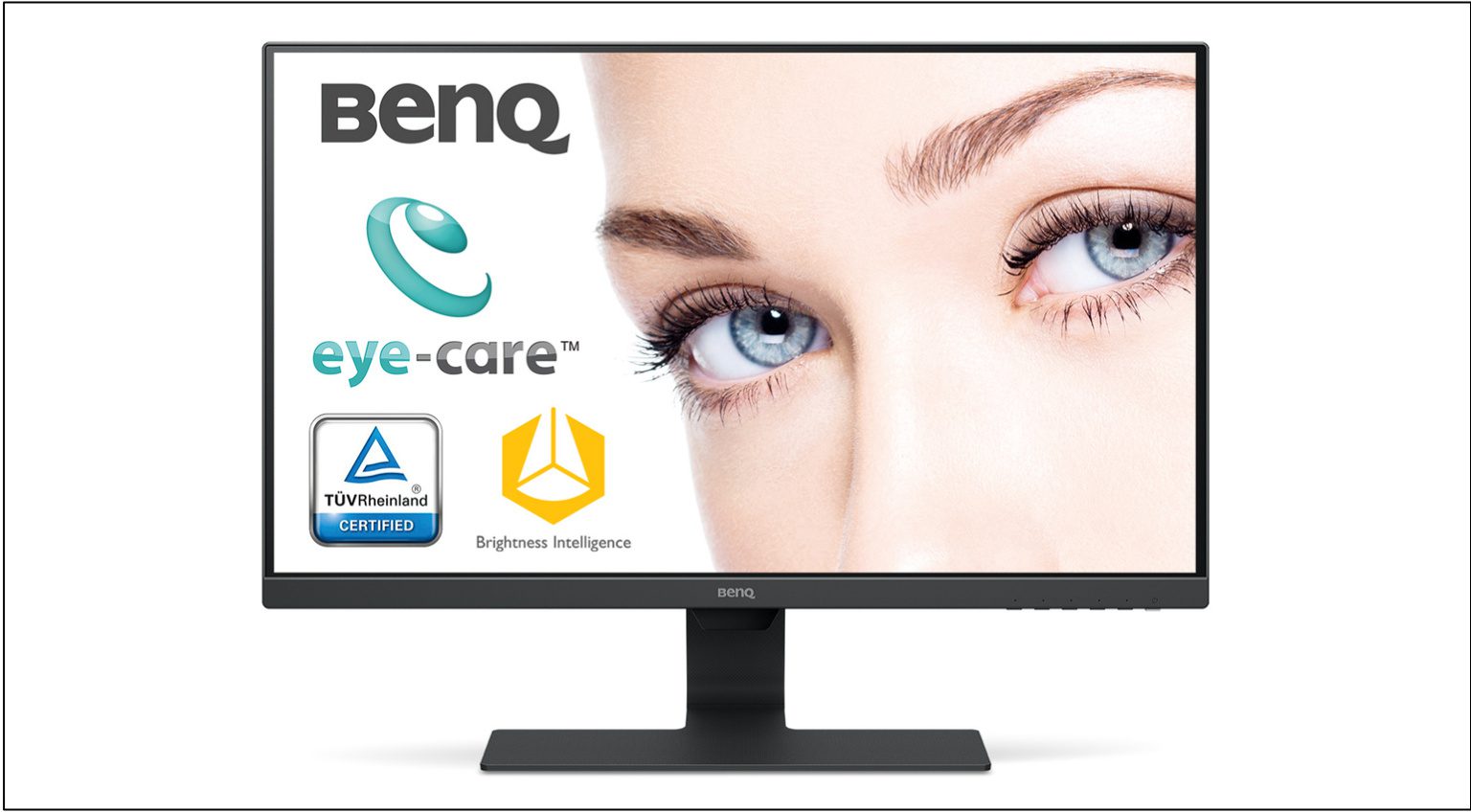
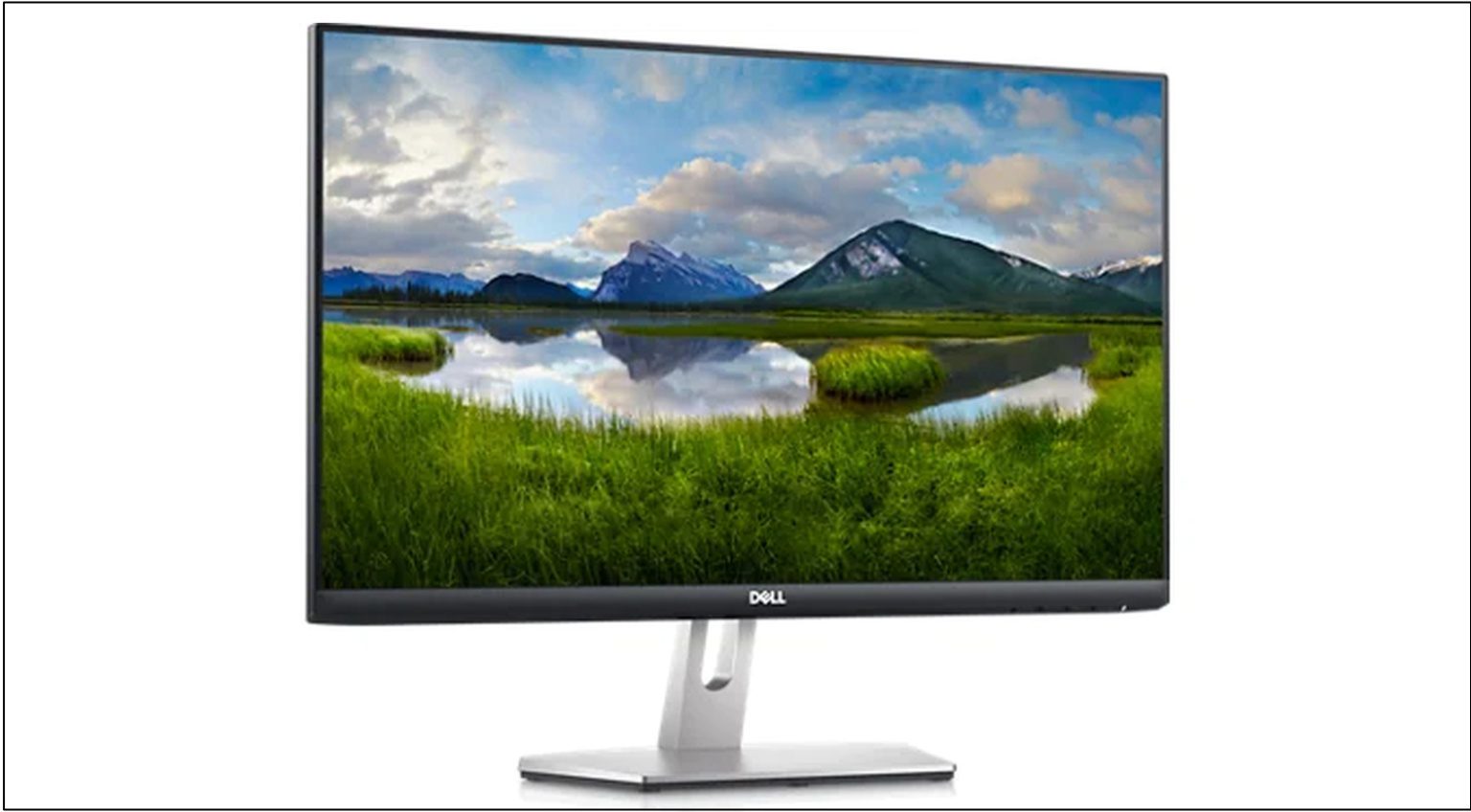
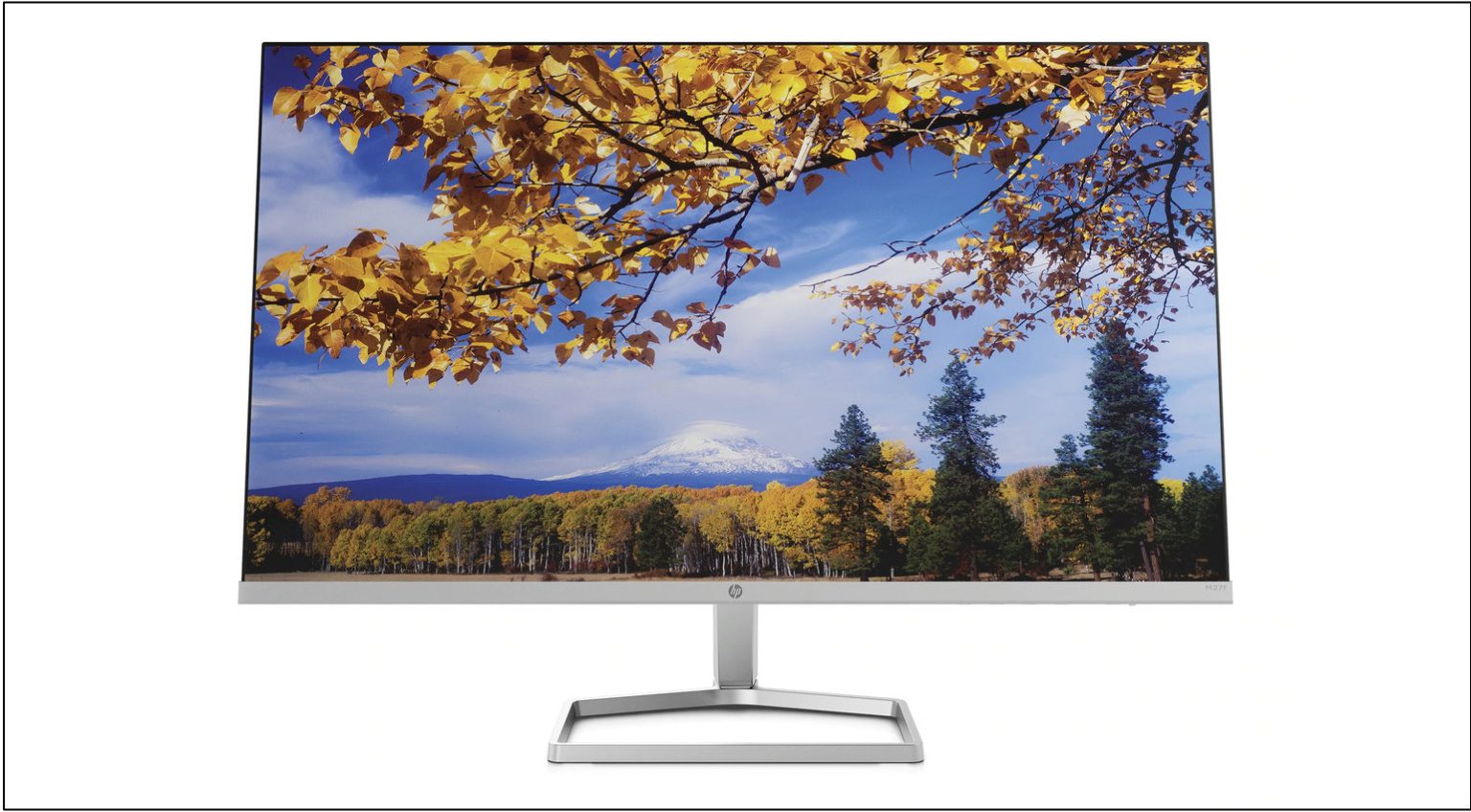
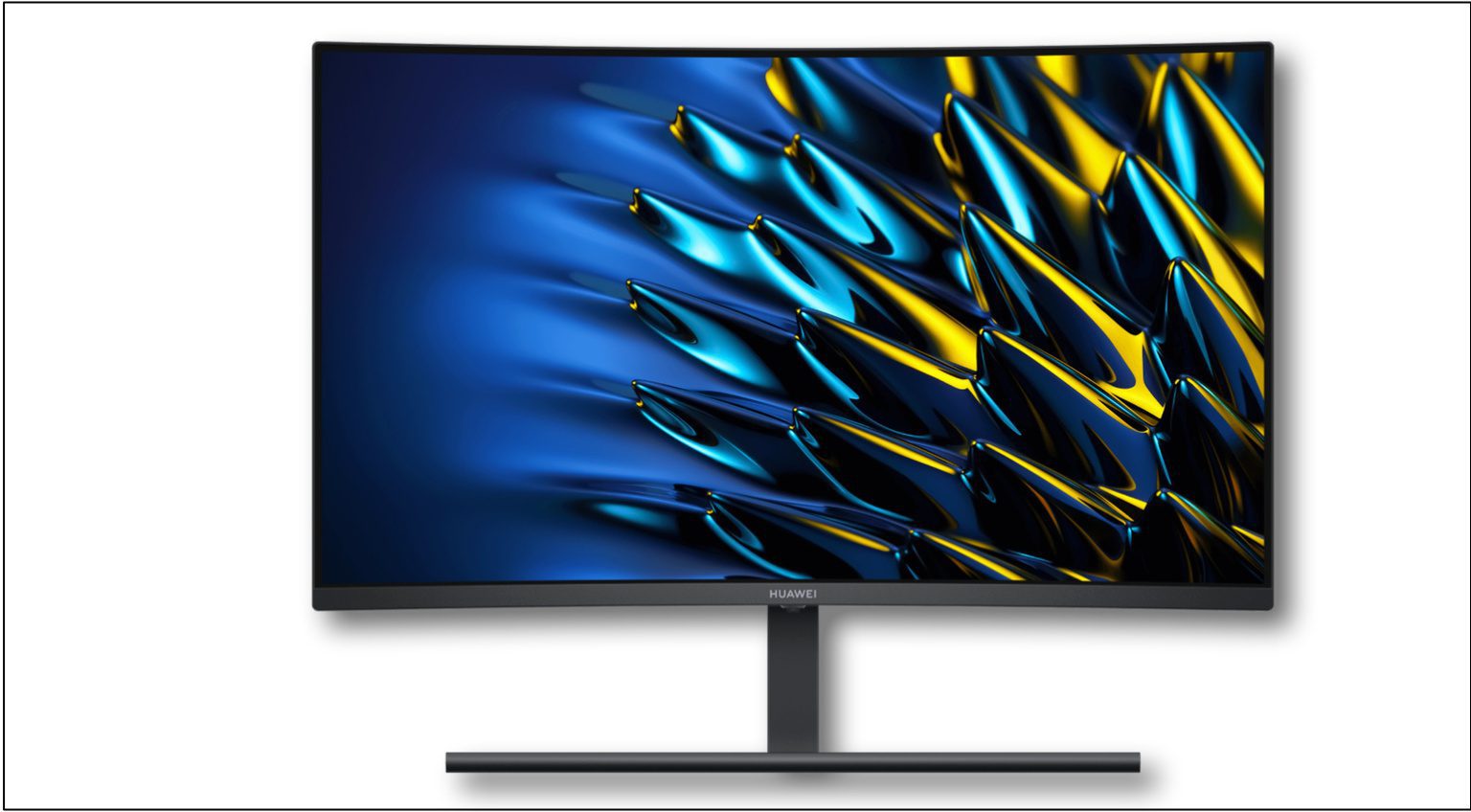
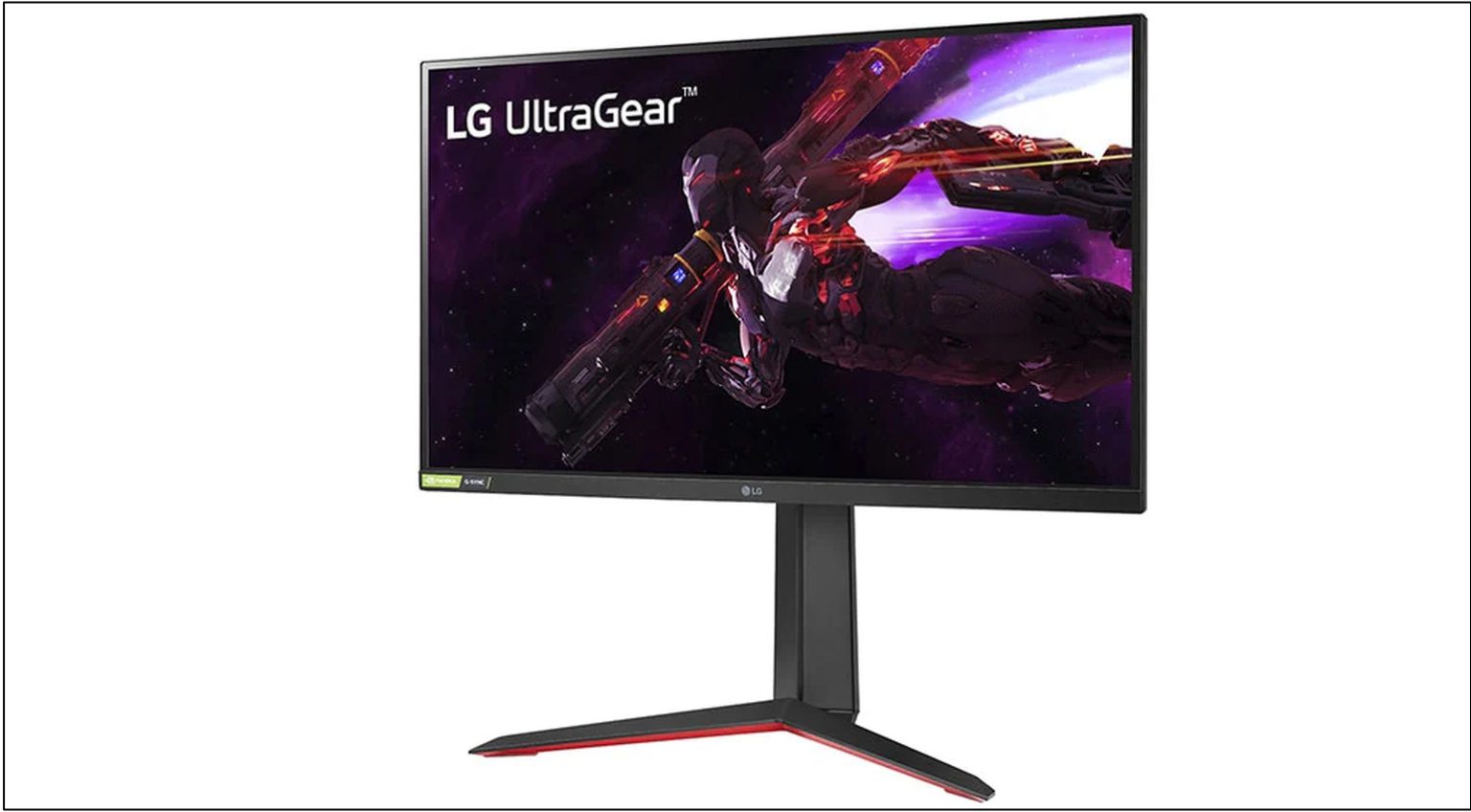
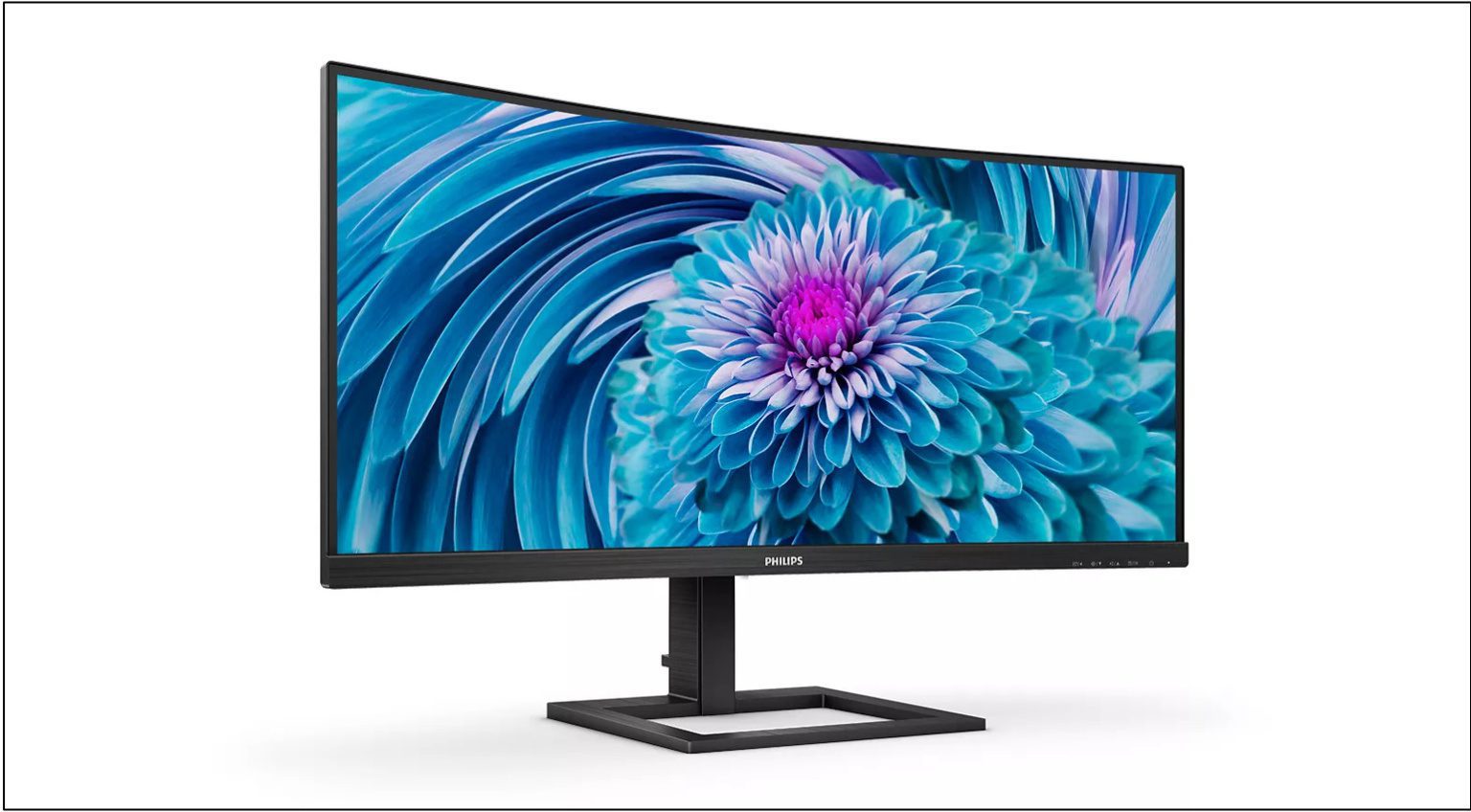
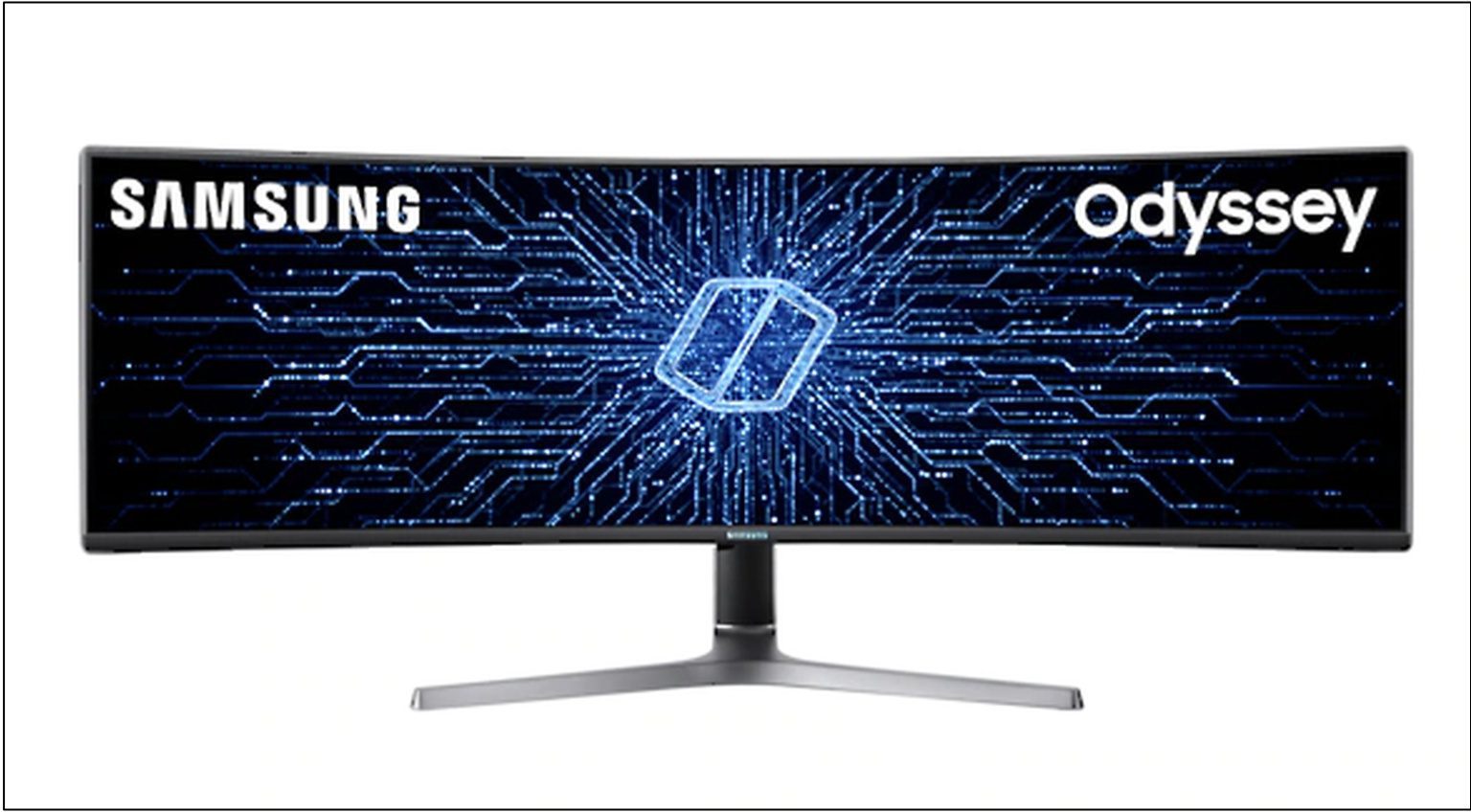
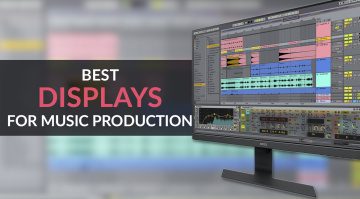


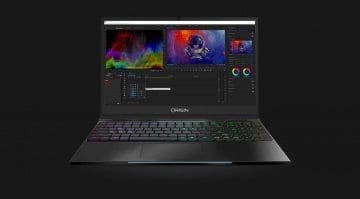

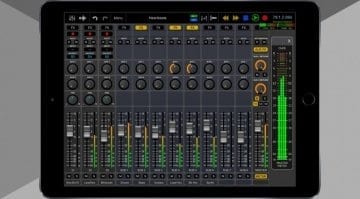
I just stopped reading when the author claimed that 1920x1080x4=2560×1440. If he doesnt get this right, what else?
Probably he wrongly added the “FULL” writing.
Cause he said that QHD is 4 times the resolution of a FULL HD but instead is 4 times the resolution of HD (720p)
I’m using a Huawei MateView 28, it’s higher than 4k resolution and it has a 3:2 aspect ratio, it made from aluminium, has USB-C and cost just under £500. Its the best monitor for making music I’ve. Used by far